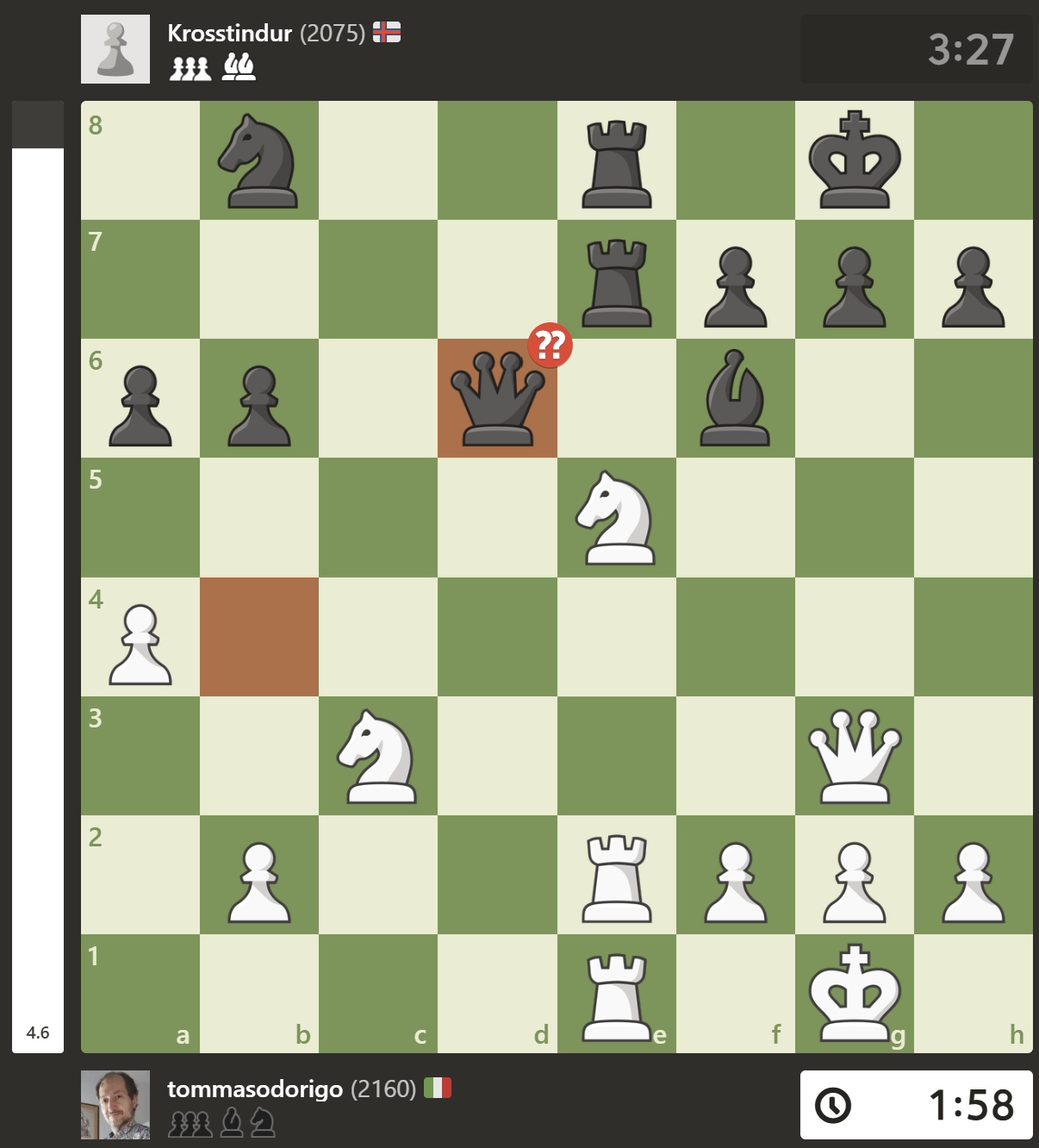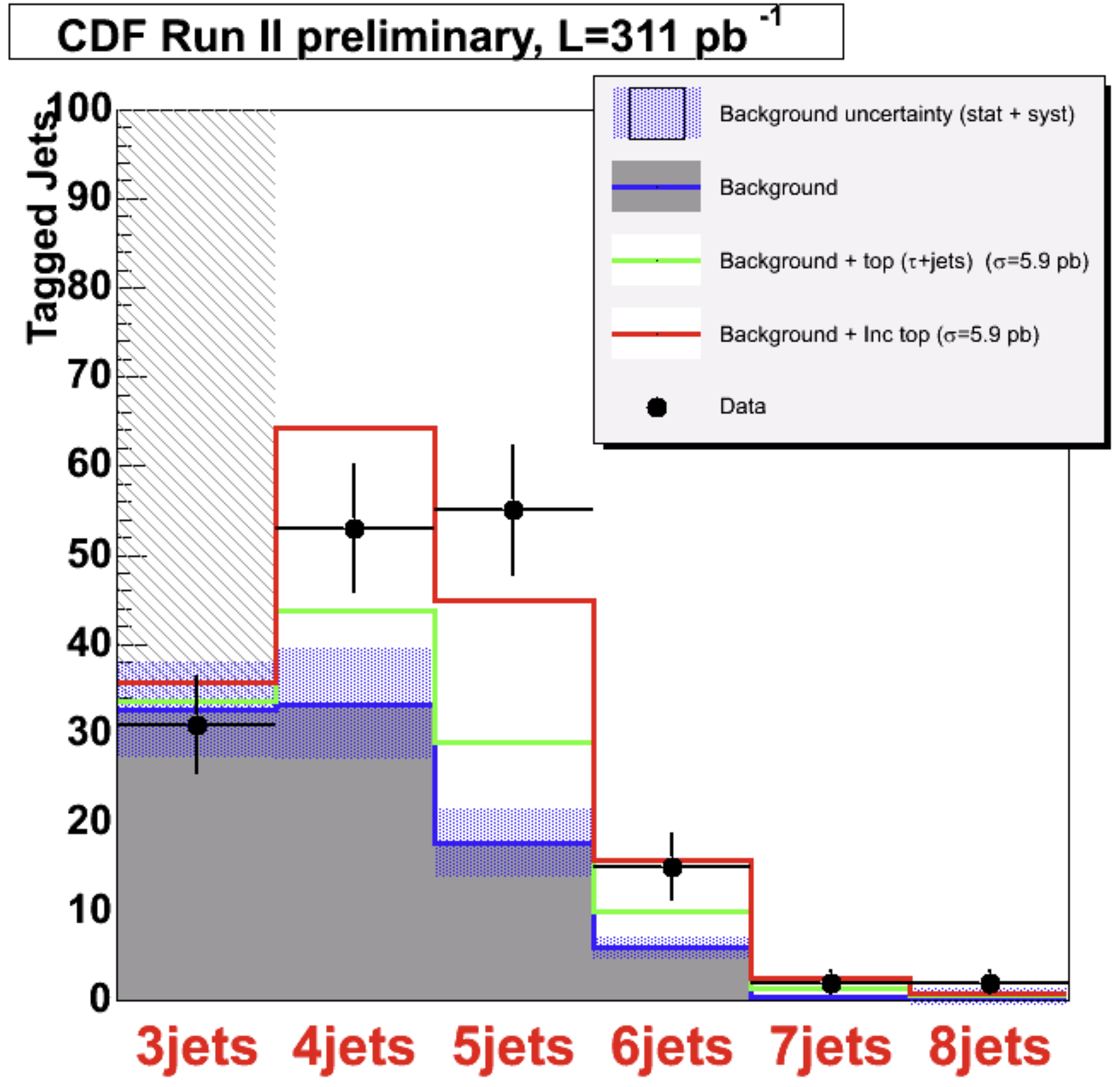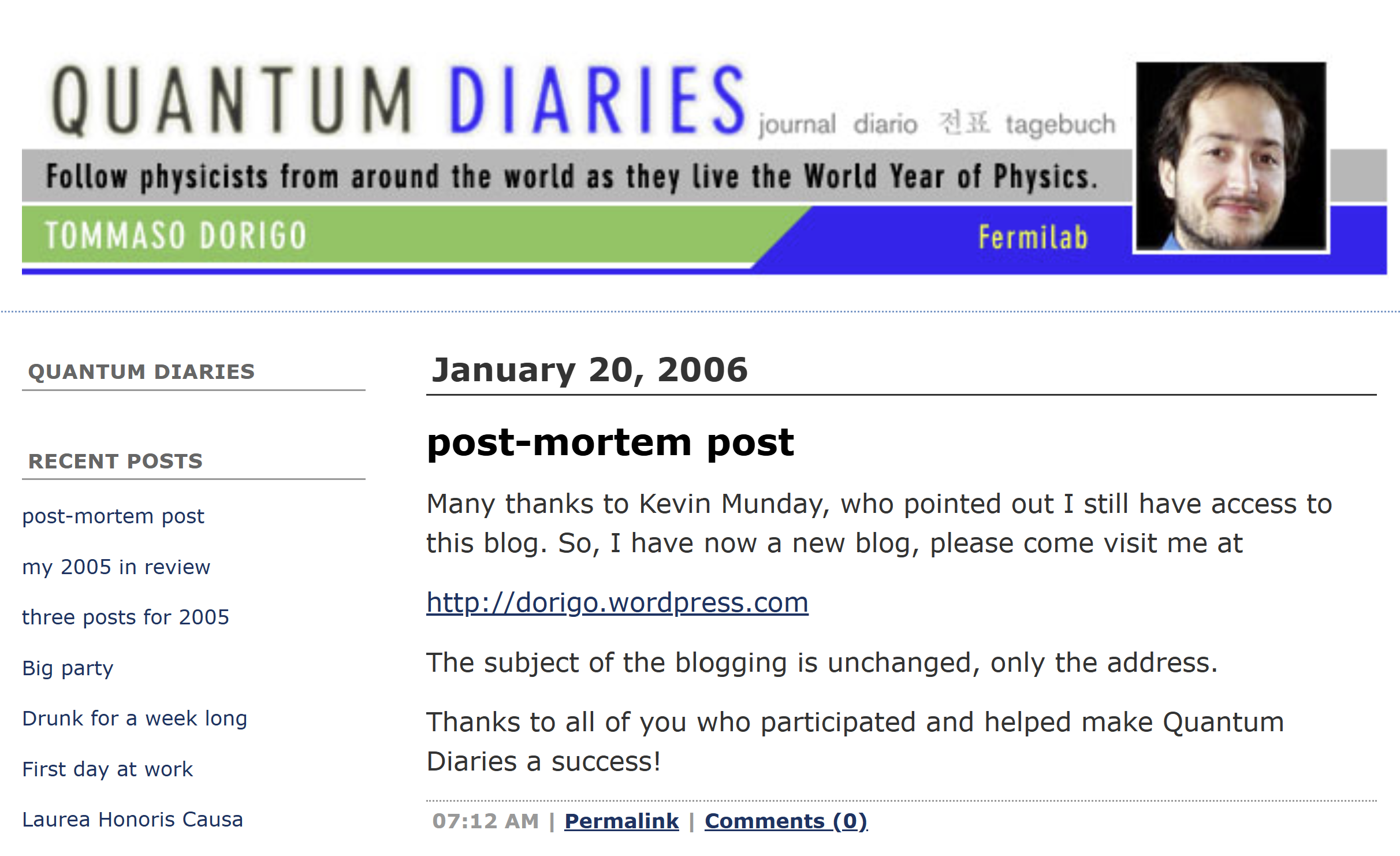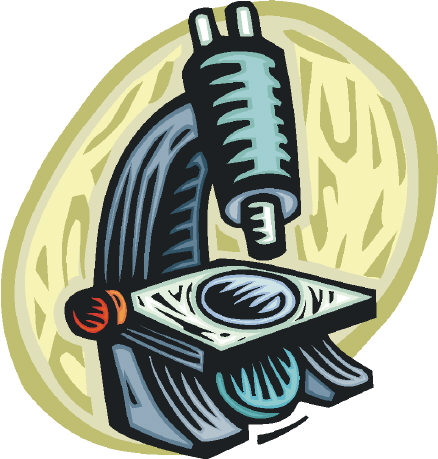When physicists working in a collaboration want to publish the observation of a new effect in the data, they need to first convince their peer that what they are observing is real, and not the product of a weird fluctuation.
Statistical fluctuations are everywhere, and they sometimes do produce weird results. We are only human, and when facing unlikely fluctuations we are invariably tempted to interpret them as the manifestation of something new and unknown.
Thanks to the Tevatron Facebook account manager, R.M. (Ron, tell me if I can disclose your identity here), I can offer to you today an exceptional plot of historical significance.
Before I paste below the plot in question, let me discuss what it is about. The Tevatron collider has operated since October 1985 -about a couple of geological eras back, in particle physics terms. The W and Z bosons were newborn babies back then, the top quark was thought to have a mass in the 30-50 GeV ballpark, and, to paraphrase the Rolling Stones, "Carlo Rubbia raged and the bodies stunk".
This just in. The Tevatron collider, proud and glory of Fermilab, the leading high-energy lab in the US, will stop collider operations for good at the end of FY2011. This means that CDF and DZERO will collect roughly 1800 additional inverse picobarns, reaching a total of about 10 inverse femtobarns of collected data (the delivered and acquired integrated luminosities differ due to downtimes as well as voluntary dead time of the triggering system).
That's too bad. Pope Benedict XVI just let go with a very unfortunate judgement, which betrays just how much the catholic church would like to force a control on our society.
In a new-year speech he gave in front of diplomats, Benedict touched the subject of the way sexual education is taught in Europe:
"Proseguendo la mia riflessione, non posso passare sotto silenzio
un'altra minaccia alla libertà religiosa delle famiglie in alcuni Paesi
europei, là dove è imposta la partecipazione a corsi di educazione
sessuale o civile che trasmettono concezioni della persona e della vita
presunte neutre, ma che in realtà riflettono un'antropologia contraria
alla fede e alla retta ragione."
Quick-and-dirty translation:
New important information on high-energy particle physics has recently been released by the CDF experiment, one of the two detectors scrutinizing the 2-TeV proton-antiproton collisions copiously produced by the Fermilab Tevatron collider located near Batavia, Illinois (see aerial view of the site below). The CDF experiment has ruled out the existence of so-called "Z' bosons" (particles extraneous to the Standard Model which are predicted by a number of new physics models) for Z' masses below one Tera-electronvolt.
Ok, I promise - my next post here will be a highly interesting article on the status of searches for new heavy Z bosons. In the meantime, however, I allow myself another "personal" post. After an evaluation of 2010 from the point of view of research activities and blog activities, I wish to report here on a few things I look forward to in 2011.
 Holiday Chess Riddle
Holiday Chess Riddle Why Measure The Top Quark Production Cross Section?
Why Measure The Top Quark Production Cross Section? The Buried Lottery
The Buried Lottery Twenty Years Blogging
Twenty Years Blogging








